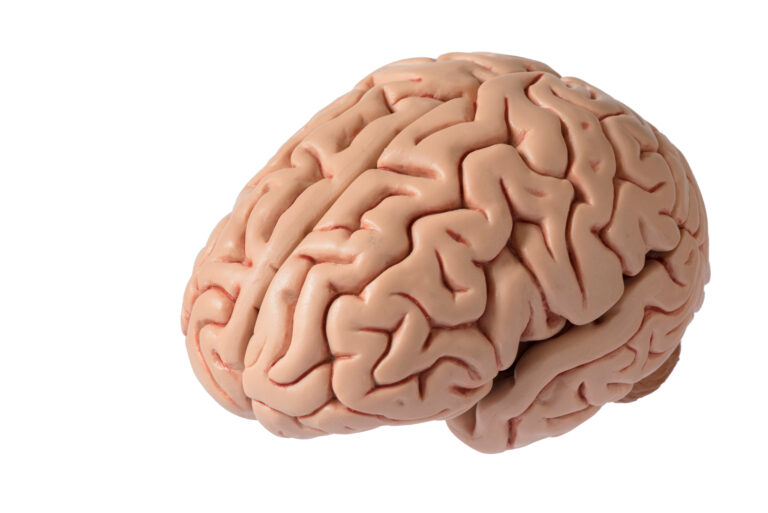Alzheimer’s disease is a progressive neurological disorder that affects millions of people worldwide. It is the most common form of dementia, accounting for 60-80% of all cases. Despite extensive research and advancements in medical technology, there is still no cure for this debilitating disease. One of the key factors contributing to the development and progression of Alzheimer’s disease is lysosomal dysfunction.
To understand how lysosomal dysfunction plays a role in Alzheimer’s disease, we must first understand what lysosomes are and their function in our body. Lysosomes are small organelles found in almost every cell in our body. They act as the cell’s recycling center, breaking down and recycling old or damaged cellular components, such as proteins, lipids, and carbohydrates. They also play a crucial role in removing waste products and toxins from the cell.
In Alzheimer’s disease, the accumulation of abnormal protein deposits, such as beta-amyloid and tau, leads to the formation of plaques and tangles in the brain. These protein aggregates are toxic to brain cells and interfere with their normal functioning. Lysosomes are responsible for clearing out these harmful proteins from the brain cells. However, in Alzheimer’s disease, the lysosomes are unable to efficiently do their job, resulting in the buildup of toxic protein deposits.
Several factors contribute to lysosomal dysfunction in Alzheimer’s disease. One of the main causes is aging. As we age, the efficiency of our lysosomes decreases, making it harder for them to keep up with the demands of clearing out waste products from brain cells. Furthermore, genetic mutations can also impair lysosomal function and increase the risk of developing Alzheimer’s disease.
Another factor that plays a significant role in lysosomal dysfunction in Alzheimer’s disease is inflammation. Inflammation is a natural response of the immune system to injury or infection. However, chronic inflammation in the brain can damage lysosomes and impair their function, leading to the accumulation of toxic proteins. This vicious cycle of inflammation and lysosomal dysfunction further exacerbates the progression of Alzheimer’s disease.
Lysosomal dysfunction not only contributes to the development of Alzheimer’s disease but also plays a role in its progression. As the disease progresses, lysosomal function continues to decline, leading to even more accumulation of toxic proteins and worsening of symptoms. This can create a domino effect, making it increasingly difficult for brain cells to function correctly and leading to further cognitive decline.
Researchers are actively studying ways to improve lysosomal function in Alzheimer’s disease. One potential avenue is through the use of lysosomal enhancers, which are compounds that can boost the activity and efficiency of lysosomes. These enhancers have shown promising results in preclinical studies, clearing out toxic protein deposits and improving cognitive function in animal models of Alzheimer’s disease.
In addition to drug therapies, lifestyle modifications may also help improve lysosomal function in Alzheimer’s disease. Regular physical exercise has been shown to enhance lysosomal function and promote the clearance of toxic proteins from the brain. A healthy diet, rich in antioxidants and anti-inflammatory foods, can also aid in reducing inflammation and support lysosomal function.
In conclusion, lysosomal dysfunction is a significant contributor to the development and progression of Alzheimer’s disease. As our understanding of this complex disease continues to grow, targeting lysosomal function could potentially be a key strategy in preventing and treating Alzheimer’s. With ongoing research and advancements in medical technology, we remain hopeful for future breakthroughs that will improve the lives of those affected by this devastating disease.





